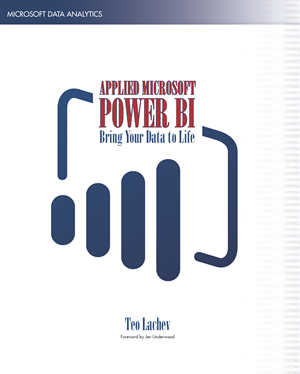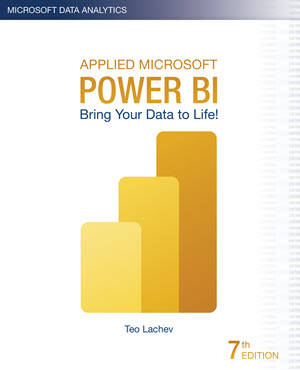-
Create Reports from Any Data Source Using SQL Server Reporting Services Custom Data Extensions
April 26, 2006 / No Comments »
DevX published my article "Create Reports from Any Data Source Using SQL Server Reporting Services Custom Data Extensions". Learn how to develop a custom data extension to bind server reports to ADO.NET datasets.
-
Custom Report Items (When You Are Too Sexy For Standard Report Items)
April 21, 2006 / No Comments »
One of the most exciting (but not well known and documented) extensibility areas of SSRS 2005 is custom report items (CRI). As its name suggests, custom report items allow you to implement your own reporting controls when the standard SSRS report items (textbox, chart, table, matrix, etc.) are not enough. For example, the attached screenshot shows a report that uses a CRI I wrote to show a KPI value graphically. If you have experience in developing Windows Forms .NET controls, you will feel immediately at home with CRI. In fact, I dare say that you can take the GDI+ source code of any Windows Forms.NET control and convert it easily to an SSRS CRI. As you can imagine, it won’t be long before third-party vendors come up with all sorts of cool SSRS widgets. If you want to learn more about CRI, check out the PolygonsCRI sample which Chris Hays...
-
SQL Server 2005 Samples and Sample Databases April 2006 Refresh
April 20, 2006 / 2 Comments »
Download the April 2006 refresh of the SQL Server 2005 samples and databases.
-
SQL Server 2005 SP1 Released
April 20, 2006 / No Comments »
SQL Server 2005 SP1 was released yesterday. Kudos to Microsoft for releasing SP1 on time! As the conventional wisdom goes, one should postpone deployment of production applications until the first service pack has been released. Well, that time has come to pass. May your SQL Server 2005-based solutions be successful!
-
SQL Server 2005 SP1 Due in a Couple Weeks
April 13, 2006 / No Comments »
Microsoft is planning to ship the SP1 version of SQL Server 2005 by the end of the month, according to an April 6 letter that Microsoft senior vice president Paul Flessner, wrote to customers. In the same letter, Paul Flessner announces a new SQL Server Edition, the SQL Server Evywhere Edition, that will be used for occasionally connected applications.
-
Microsoft to Acquire ProClarity
April 5, 2006 / No Comments »
It looks like the OLAP browser I've been dreaming about may not that be that far away. I hope that ProClarity will make make their browser more modular so it can be embedded in Windows Forms and web applications. Here is another interesting link about the acquisition.
-
Implementing Data Security in a Report Model
March 18, 2006 / 1 Comment »
Bob Meyers (the mastermind behind the RS 2005 Report Builder) tells us how to implement horizontal data filtering in the Report Builder model – a topic which is not covered by the product documentation. I highly recommend Bob’s blog.for more Report Builder insights.
-
SQL Server 2005 Service Pack 1 CTP Available
March 18, 2006 / No Comments »
Microsoft has released a Community Techology Preview (CTP) build of SQL Server 2005 SP1. The release date of the final (RTM) bits of SP1 is not announced yet but it shouldn't be that far away (most likely within a month or so).
-
Public CTP of SQL Server Express To Be Available Soon
March 16, 2006 / No Comments »
Today, Microsoft announced that SQL Server Express Advanced will be available publicly instead of distributed as a private beta. The CTP (Community Technology Preview) build could be downloaded here (link will be live soon). You can post question and comments in the SQL Express MSDN Forum or enter bugs and feature requests on the MSDN Product Feedback Center.
-
Prologika Forums to be Upgraded Tonight
March 9, 2006 / No Comments »
Telligent has done it again! Community Server 2.0 is out and it's too sleek to ignore. I am planning to upgrade Prologika Forums to CS 2.0 tonight. If all is well, tomorrow Prologika Forums will have a facelift and more features. I hope the upgrade process won’t last too long and won’t cause service interruptions.

 We offer onsite and online Business Intelligence classes! Contact us about in-person training for groups of five or more students.
We offer onsite and online Business Intelligence classes! Contact us about in-person training for groups of five or more students.



